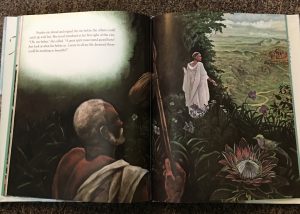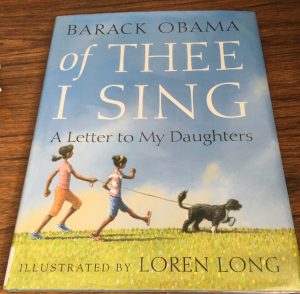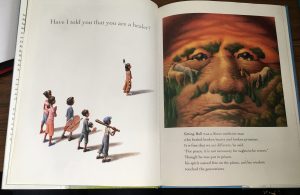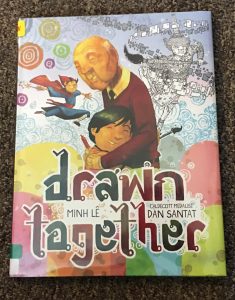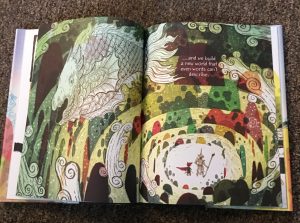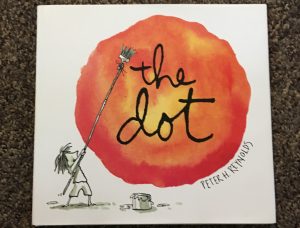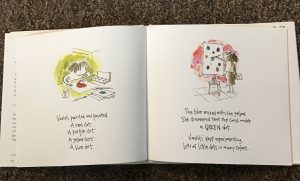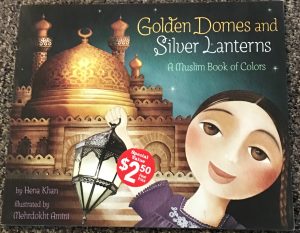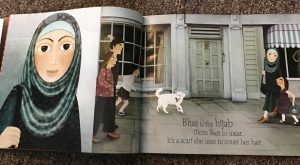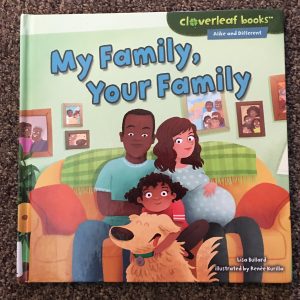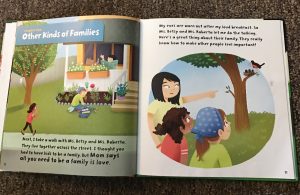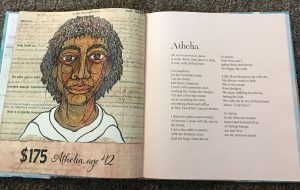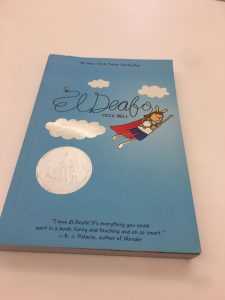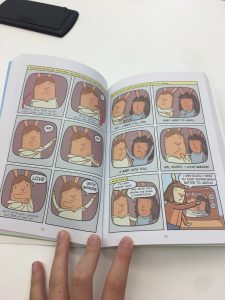Title: Mufaro’s Beautiful Daughters: An African Tale
Author(s): John Steptoe
Illustrator/Photographer: John Steptoe
Publisher and Year: Lothrop, Lee & Shepard Books 1987
Number of pages: 28
Tags/Themes: Allison Henry, Award Book, Family, Culture, Picture Book, Fiction, 2-3, 4-5
Genre: Fiction
Descriptive Annotation: Mufaro’s Beautiful Daughters is the story of Nyasha, the nice sister, and Manyara, the mean sister. One day, the King sends out a proclamation that he is looking for a wife and all eligible women need to report to the palace. Manyara sneaks out of her home at night to be the first woman to meet the King and on her journey, she is rude to many people. Nyasha follows the next morning with her father, Mufaro, and is kind to everyone. When she arrives at the palace, the King reveals that he was all of the people that she was kind to on the journey and takes her as his wife. Students would benefit from knowing how to pronounce the various African words in the text. The illustrations in the book are incredibly detailed and take up the entire set of pages. They appear to be done in colored pencil. This book is a Caldecott Honor Book.
Classroom Application: This book could be used in a social sciences lesson on African cultures. In the front cover, the author mentions that the story is based off a folktale first published in 1895 by G. M. Theal in his collection of African folktales. The illustrations are based off of ancient ruins found near Zimbabwe. This book could also be used to teach Social Emotional Learning Standard 2, “Use social-awareness and interpersonal skills to establish and maintain positive relationships.” The students could compare and contrast the two sisters and discuss their interactions, including ways to improve Manyara’s interactions with others.
Linguistic and Cultural Diversity Analysis: As mentioned above, this text is based off of an African folktale and the illustrations are based off of ancient ruins found near Zimbabwe. This text could be used in a unit on African cultures to enrich the students’ knowledge. It mentions some crops that are grown in Africa, “Nyasha kept a small plot of land, on which she grew millet, sunflowers, yams, and vegetables.” The illustrations are very detailed and show what the clothing looked like, how they traveled, what kinds of plants there are, and what animals live in the area.

